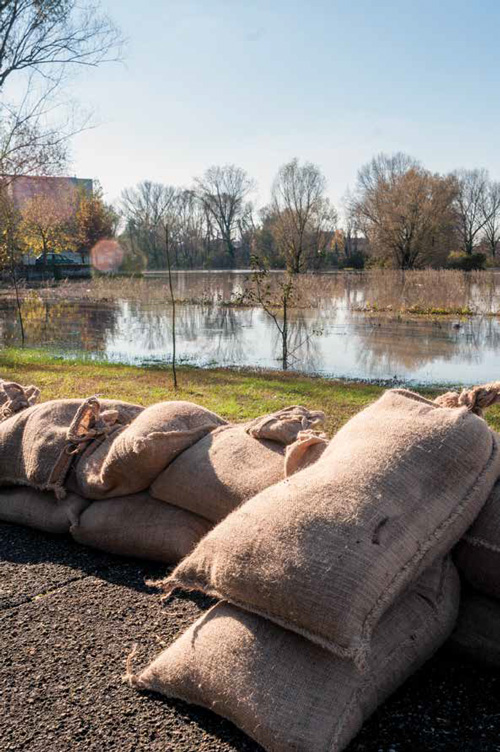
Interior BC has been experiencing severe flooding, with more showers expected over the weekend followed by unseasonably warm temperatures that will increase snow melt. There is also a threat of flooding in the Fraser Salish area.
The FNHA offers the following advice from the FNHA Environmental Public Health Services team, as well as public information from Interior Health and Fraser Health and the BC Ministry of Health for First Nations communities to stay safe and be prepared.
Before Flooding
- Monitor local news media and the Government of BC's flood warning website bcrfc.env.gov.bc.ca/warnings for flooding status.
- Follow instructions given by community or emergency officials on evacuation.
- Turn off power to well pumps - so flood water is not drawn into the well
- Keep at least a 72-hour supply of clean drinking water on-hand in case water supplies are impacted
- Sandbag around surface water intakes to protect from damage caused by debris
- Keep at least a 72-hour supply of food available
- Move as many items as possible from basements and crawl spaces to higher floors
During Flooding
- Stay away from flood waters and fast-moving rivers
- Follow instructions given by first responders and other emergency personnel
- If flood waters cover your sewage disposal field, stop using the sewage system
- If power goes out, keep the door closed on the fridge/freezer and keep food inside it. This will help keep food safe (up to about 12 hour for a fridge, 24 hour for a half-full freezer, and up to 48 hour for a full freezer)
- Wash hands with soap and water if you come in contact with flood water. It could be contaminated
After Flooding
- Check with community or emergency officials before returning home
- If you have a well and the well head is flooded, contact your community health centre,
EHO or EPHS here.
- Assess your food to see if it has come into contact with flood waters. It is hard to make food safe to eat once it has been exposed to contaminated water. Please see below on food safety after a flood
Surface Water Supplies
Use extreme caution when working around creeks and rivers. Flowing water can present a drowning hazard in some situations.
Protect your water supply and the water supplies of downstream users by moving all pesticides, chemicals (including disinfectants for water treatment) and other contaminants to so they don't get flushed away or dissolve in flood waters.
Protect private surface water intakes by placing sandbags around them. This may reduce damage during a flood when debris in streams may be greater than normal.
Wells
If you have a domestic well, ensure that your wellhead is protected with a surface seal and a cap. A registered well-driller is required to do this work.
Be ready to turn off the electricity to your well pump just prior to the flood. Since water supplies can be impacted by flooding, ensure that you have at least a 72 hour supply of water on hand.
You can either store bottled water which can be purchased from the store in advance or fill clean plastic jugs or other containers.
Food Safety after a Flood
If exposed to flood waters, destroy:
- Foods packaged in containers that are not waterproof
- Bottled drinks and home preserves, which may be difficult to clean & sanitize under caps, lids or sealing rings
- Canned goods that appear to have a broken seal or show signs of bloating or seepage
- Any previously-opened packaged foods
Commercially-canned foods in good condition may be salvaged by:
- Removing the label
- Washing the can in warm soapy water and then rinsing
- Sanitizing in a solution of 40 mL of regular household bleach in 1 litre of water (approx. 5 ounces or 10 tablespoons of bleach per gallon of water
- Marking the contents on the food container if it will not be used right away
Discard food that:
- Is unpackaged and was exposed to flood waters, including fresh fruit and vegetables
- Was not temperature controlled (warmer than 4C for more than 2 hours), whether or not it was exposed to flood water
- Is considered higher-risk, including: cooked grains, cooked vegetables, dairy products, eggs, meat and poultry, seafood
Resources

